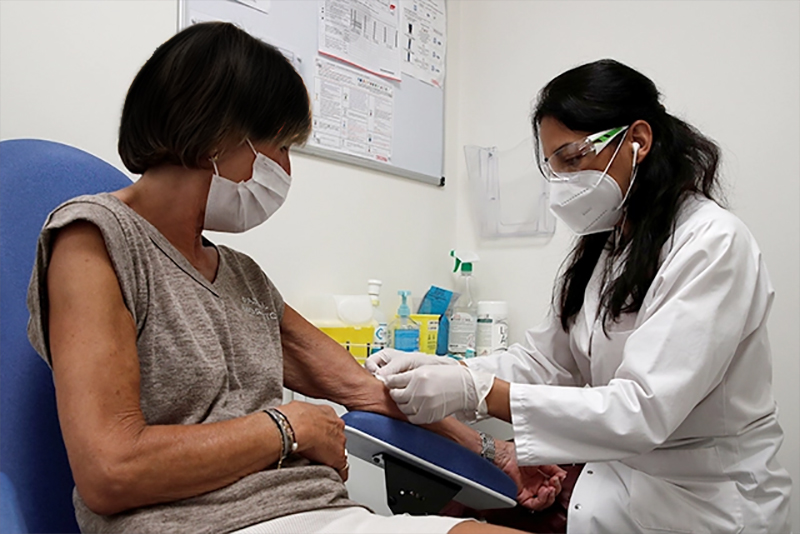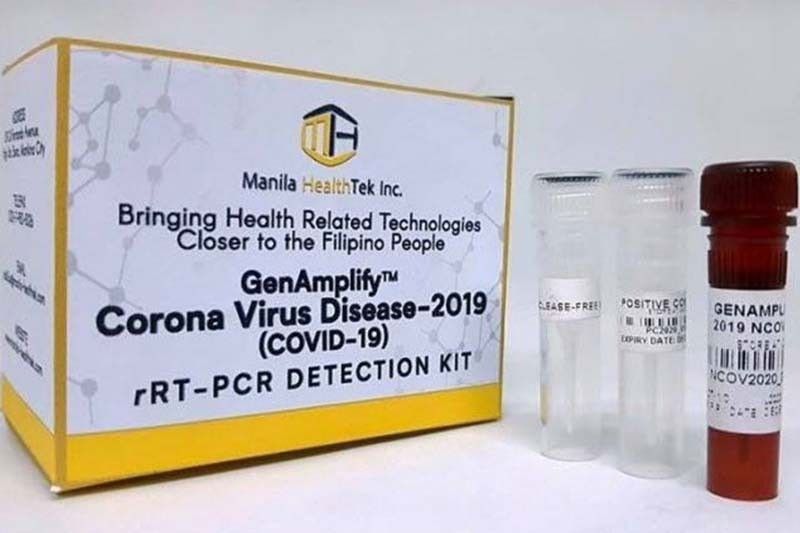Right now, the rise of COVID-19 patients in the Philippines never seem to stop or go down. Most of the people knows that this is an alarming news but it also means that people now have the capacity to be tested from the said virus.
A big percentage of the Philippine population use the Rapid Antibody Test (RAT) as COVID-19 test kits. In where the medical practitioner will get a small amount of the tester’s blood just like the lab test for Complete Blood Count (CBC). It seems simple, yes. But it is not 100% accurate, it may even fail but it is the most sought test because of its affordability and availability.

Another type of test kit, is the Reverse Transcription Polymerase Chain Reaction (RT-PCR) a.k.a swab test. It has a high accuracy rate than the RAT but it doesn’t mean its 100% accurate. But it is most accurate test in the world at this moment.
When I undergo the swab test, I experienced two swab tests. A Nasopharyngeal swab. The test is done by sticking a long stick with a cotton swab through a cavity between the nose. While Oropharyngeal swab is done the same but through your mouth until it touches your tonsil.
It makes everyone scared, but trust me it isn’t scary. In my experience, it only felt uncomfortable… well perhaps it kinda hurt a bit.

In the Philippines a swab test can amount up to ₱4k – ₱8.5k and this price range; sadly, many can’t afford. But don’t worry, the Filipino researchers from University of the Philippines National Institute for Health (UPNIH) have successful created a testing kit for COVID-19.
According to a report, it is way more cheaper than the swab test being imported from China and Korea. The senators said, that Filipino scientists and doctors started developing the test kits as early as December last year when reports about the coronavirus surfaced.

The kits have undergone trials and tests, with an interim report showing that they have up to 93.96 percent sensitivity and up to 98.04 percent specificity, at a confidence interval of 95 percent, ranking among the world’s best and performing better than some of the imported kits.
Now many asks, why haven’t the Pinoy-made test kit been approved? Many controversy have arise yet again. But recently, the UP-developed test kits have already secured a special certification from the Food and Drug Administration after the defects had been fixed.
Then on July 12, this locally-made test kits were declared ready for commercial use.
Do not forget, that having tested by these test kits doesn’t make you protected from the virus. It only helps, if someone felt the symptoms of the disease or needed to be tested. In the end, it is better to prevent getting the disease and stay healthy while waiting for the vaccine.
Additional information: philstar.com, health.ucdavis.edu, inquirer.net
Photo Sources: hawaii-aloha.com, philstar.com, isaaa.org






